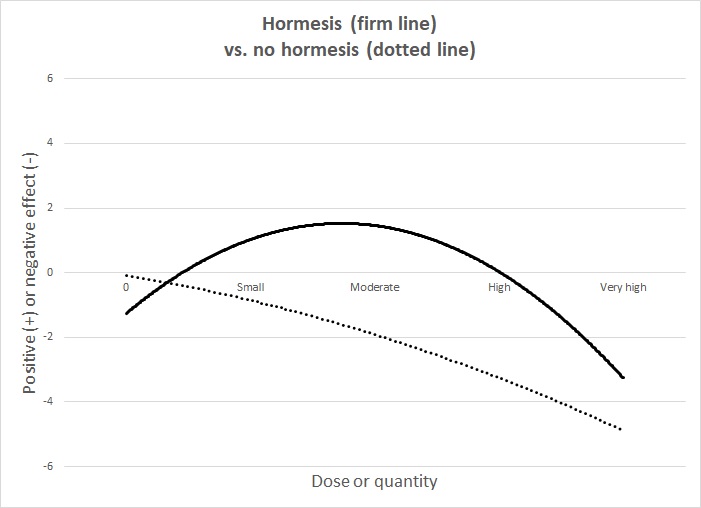
We use the same word, but depending on the context, the process and the outcome may be completely different. The context is the frequency and length of the inflammatory process. Short, non-recurring inflammation acts as a healer. Long, repeated inflammation acts as a killer of good cells. The good cells and their immunity get tired, break down and die, or worse, mutate.
This is one of the trickiest elements of living in good health. Inflammation may exist and go unnoticed, undetected for years. Hence, colon cancers often form over long periods of time, painlessly. By the time pain appears, cancer has spread, it’s late in the game.
Other times the pain exists. We can feel it, but for some reason we cannot get rid of it. Take for example skin conditions like eczema or psoriasis, or vitiligo: these exist from an underlying inflammatory process, which can be extraordinarily difficult to get under control. Some of the solutions may include a change in lifestyle, in nutrition. They may require medical assistance. I view medical assistance as necessary when lifestyle changes don’t work. If we can simply adjust our eating, sleeping habits, how we exercise, and so on, doing so creates a lasting solution, rather than taking drugs or resorting to clinical intervention. But if these don’t work, or the patient isn’t interested in prevention, then medicine may be able to get the inflammatory process under control before it does unrepairable damage.
This is the notion of chronic inflammation: the fact it never goes away means its action is not effective in treating the problem. Rather, its action has lingering side effects over long periods of time. The distress in the area of chronic inflammation can create damage to the healthy cells. In some cases we may feel the pain, see it, notice something unusual, and start the conversation with a trusted physician. In other cases, when there is no pain, we have to resort to other methods to measure whether or not there is underlying chronic inflammation that exists. In this endeavor, the patient and the physician run into the risk of always finding a problem, even those that do no need treatment. A friend was putting it this way: if you look close enough you will always find. The misguided doctor, or the misguided patient, in seeking something wrong with their health, will eventually find that something isn’t right somewhere, and potentially over-treat, or simply treat a problem that does not need any action. This comes with potential side effects, creating a real problem. In the meantime, the process can create distress, which is an independent factor breaking the flow of thoughts, creating psychological debasement. But if the physician and the patient assess the situation without over-reaction, they can use modern tools to measure inflammation markers, for example through blood tests. Whether you measure your inflammation with tactile or visual metrics, or using markers from blood samples, the important point is you are measuring it. In business, there is a common saying that everything that we start measuring tends of improve. The opposite saying: if you can’t measure it, you can’t manage it.
By measuring and treating the source of inflammation, you will be in a better position to stop it permanently. This will leave the good inflammation able to do its job. The skin scratch that’s a one-time thing can heal, as it won’t be hurt again in the same spot soon. The occasional cold or flu can heal on its own as the body steps up the immune response for a limited period of time to get the condition out of the system and finds itself in a state that prevents these from re-occurring in the near term. It is, fundamentally, not about experiencing the symptoms of a cold or scratching the skin or injuring ourselves on the same spot only once in a lifetime. This is not what chronic inflammation is about. It’s letting enough time pass between occurrences, so that tissue cells and the immune system have time to fully recover before the next battle.

Leave a Reply